
Travel Guide for Night trains in Vietnam
- on Jul 16, 2024 By: Phuong Mai NGUYEN
Traveling by train is a fantastic way to explore the stunning mountains, picturesque beaches, majestic passes, and bustling cities of Vietnam. However, Vietnamese trains differ somewhat from their Western counterparts and are not the most modern mode of transportation available. When traveling by train in Vietnam, you have two main options: daytime trains and night trains (also known as sleeper trains).
For many international travelers looking to cover long distances in Vietnam, night trains offer an appealing option with several advantages. While some may describe taking a night train as an adventure, it’s an experience worth anticipating. So, what can you expect when traveling on these sleeper trains in Vietnam? This guide will reveal key insights about night trains in Vietnam.
Who should opt for Vietnam's night trains?
Vietnam's night trains are ideal for those who:
• Want to cover long distances.
• Save on budget, with fares typically half the cost of flights.
• Prefer high safety standards.
• Enjoy stretching out and getting a good night's sleep.
• Avoid the annoyances of unexpected minor events.
• Appreciate the opportunity to admire Vietnam's beautiful landscape along the way.
• Desire a close-up view of everyday life in Vietnam and the chance to make friends.
Seating choices and comfort levels aboard the train
Here are the seating options available on trains in Vietnam, tailored to various preferences and travel durations :
• Hard seats: These wooden benches are akin to park benches, arranged in pairs facing each other. Opting for a hard seat means sharing the bench with another passenger. Some hard seat cars may lack proper air conditioning or ventilation, making them suitable only for very short journeys (1 to 2 hours).
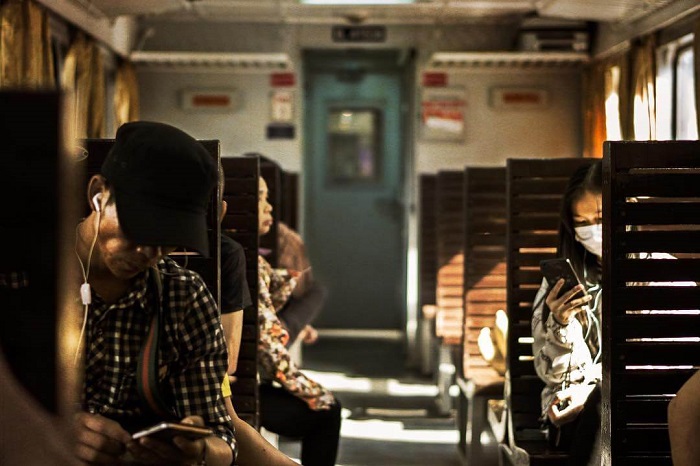
Hard seats on trains in Vietnam
• Soft seats: Similar to airplane seats, these are soft and comfortable with reclining capabilities. They are slightly more expensive than hard seats and are suitable for journeys lasting less than 5 to 6 hours.
• Hard beds: When it comes to sleeper trains, hard beds offer more comfort than seats. These beds, without mattresses, are arranged with 6 berths in a cabin (3 on each side), with decreasing space as you move upwards. The lower berth provides more space and easier sitting, while the upper berth, though cheaper, is more cramped and suitable mainly for lying down. Hard beds are recommended if you can secure tickets for the first or second berth.
• Soft beds: The most comfortable option for overnight train travel. Soft beds come with mattresses and pillows, ensuring a restful sleep. With 4 beds in a cabin (2 on each side), there is ample space to sit comfortably on both berths. Soft beds reflect higher comfort and are ideal for long journeys on overnight trains, despite being pricier.
When choosing between upper and lower berths on sleeper trains, consider these factors:
The upper berth (or beds in 4 or 6-berth cabins) requires basic climbing skills. If you're comfortable with heights and climbing, the upper berth can offer more security and privacy at a lower cost, though it may be less comfortable than the lower berth. Nighttime temperatures can be colder near the ceiling in upper berths due to proximity to the air conditioning.
The lower berth provides more space, making it more comfortable, especially for women and elderly passengers. Both upper and lower berths are equipped with private reading lamps and power outlets, ensuring convenience regardless of your choice.
Baggage allowance on Vietnamese trains
In contrast to air travel, Vietnamese trains do not impose strict weight limits on baggage. However, the narrow aisles onboard mean that bulky luggage may pose challenges. While there's no set limit on the amount of luggage you can bring, it's advisable to pack efficiently for easy transport and storage beneath the lower bunk.
Train punctuality in Vietnam
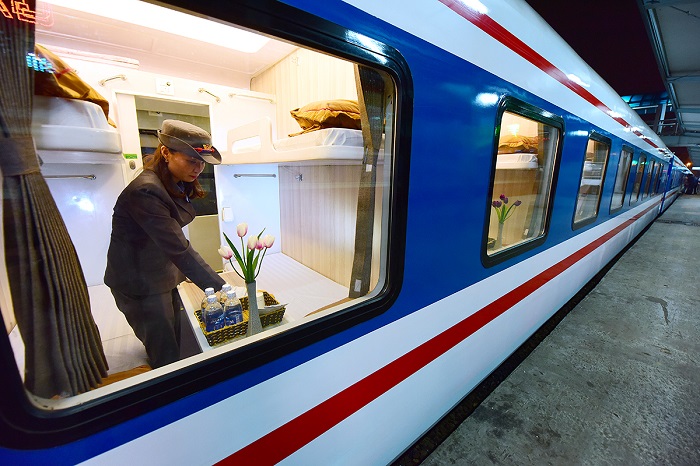
In recent years, train punctuality in Vietnam has significantly improved, with most trains arriving on schedule. However, occasional delays may occur due to unforeseen circumstances. It's advisable to arrive punctually for your train and factor in extra time to accommodate any delays. When planning your journey, it's wise to keep a flexible schedule and pack lightly to ensure smooth travel even if trains run slightly behind schedule.
Food options on Vietnamese trains
Vietnamese trains are equipped with a variety of snacks, drinks, and substantial meals, ensuring you're well-fed during long journeys. Almost every train has a small cafeteria car serving breakfast, lunch, and dinner. Additionally, train staff periodically push a food trolley through the carriages, offering snacks, coffee, soft drinks, and water. While train food may be slightly pricey and vary in quality, it's advisable to bring along some snacks before boarding to supplement your journey.
Booking a Night Train in Vietnam
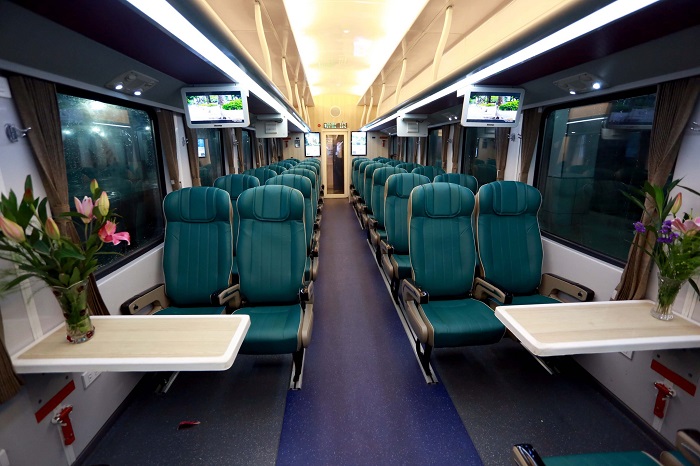
Soft seats on Vietnam's trains
Securing a ticket for Vietnam's night trains is now easier than ever, whether you choose to book independently or through a travel agency. Vietnam Railways, the official operator of the country's rail network, offers a user-friendly online booking platform.
On dsvn.vn, the official Vietnam Railways website, you can switch to English for convenience. The site lists various departure and destination stations, which may not always be straightforward. For instance, Hanoi has multiple stations, with only one named Hanoi Station. Researching on Google can help clarify which station serves your route.
Once you've selected your starting and ending points, simply pick your departure date. You'll then have options for different departure times and seat types, similar to booking flights. After selecting seats, proceed to online payment and receive your e-ticket, which can be downloaded to your smartphone for boarding verification.
While it's possible to book tickets at the station, securing comfortable seating or any seat at all might be challenging. Tickets for longer routes, like Hanoi to Saigon, can be booked 60 to 90 days in advance, while shorter routes open for booking closer to departure. Whether traveling solo or with a tour operator, it's highly recommended to book online to ensure a smooth journey.
Tips for traveling by night train in Vietnam
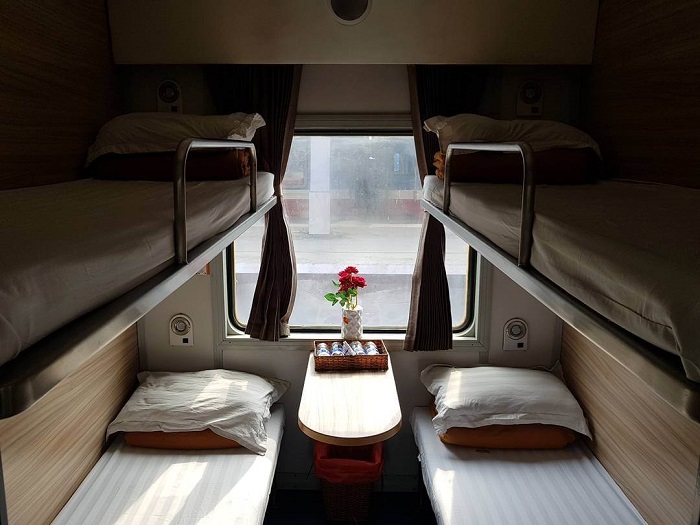
Soft beds on trains
Traveling by train in Vietnam offers an affordable way to explore the country, but here are some tips to enhance your experience:
• Bedding is usually provided fresh at major stations. However, on longer journeys where stops are brief, bedding might not be changed midway. If cleanliness is a concern, consider bringing your own bedding and pillowcases.
• When opting for beds, expect to share the cabin with another passenger. While train travel is generally safe, keep valuables secure.
• Trains can be noisy and have noticeable vibrations. Earplugs or soothing music can help you sleep more soundly.
• Restroom facilities may not meet your usual standards. Limiting fluids can reduce trips to the restroom. Carry tissues and hand sanitizer for comfort.
• Set an alarm about 30 minutes before your destination to prepare for arrival. Although staff will announce stops, having extra time can be helpful.
• Keep your ticket handy, as it may be checked again during the journey.
Vietnam train map: Exploring routes and destinations
While there are numerous minor stops along the north-south route, this map provides an overview of key destinations accessible via Vietnam's extensive railway network.

TOLUNHA
Related articles:
>> Top 10 tips and tricks for a successful trip to Vietnam
>> Vietnam Tour 2024-2025: Where to go? Which itinerary? What to do? How many days?
Comment
Other Blog
Categories
Latest News
on 31 Dec, 2025
on 31 Dec, 2025
 Español
Español Français
Français






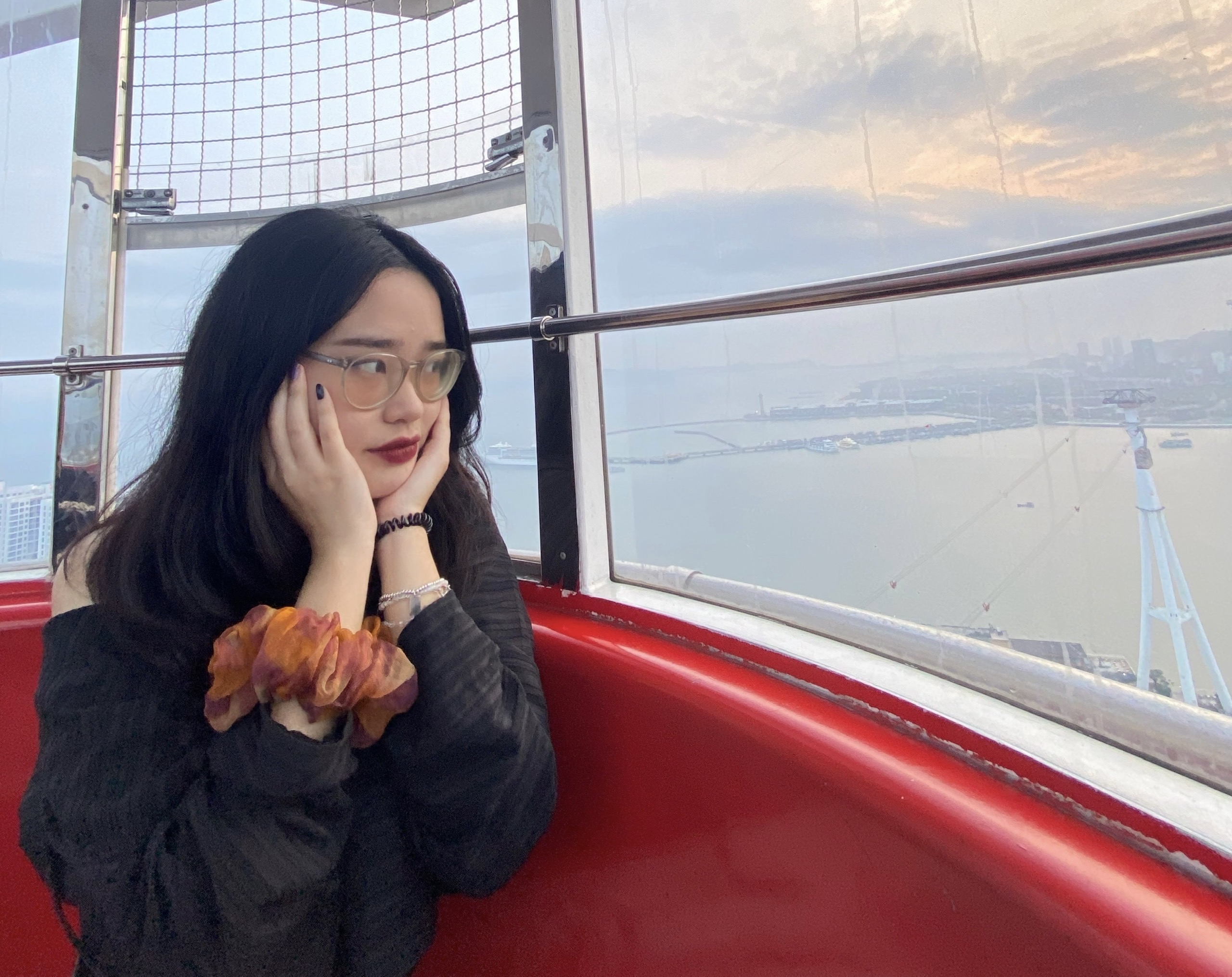
.jpg)

.jpg)

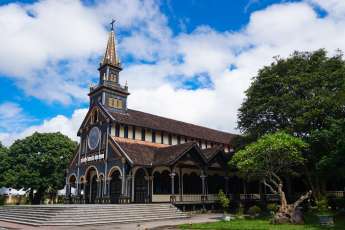








Morgane Ter Cock
on Dec 18, 2025HerbertPhomaMS
on Oct 19, 2025Lilyan Cuttler
on Oct 15, 2025Avenue17XC
on Sep 14, 2025Avenue18JL
on Jul 21, 2025